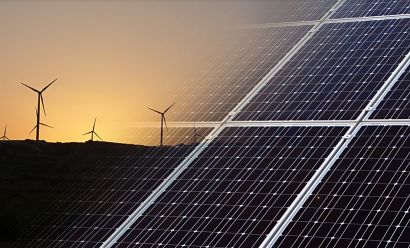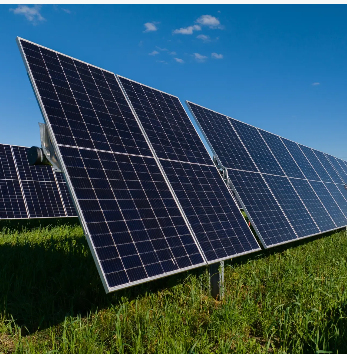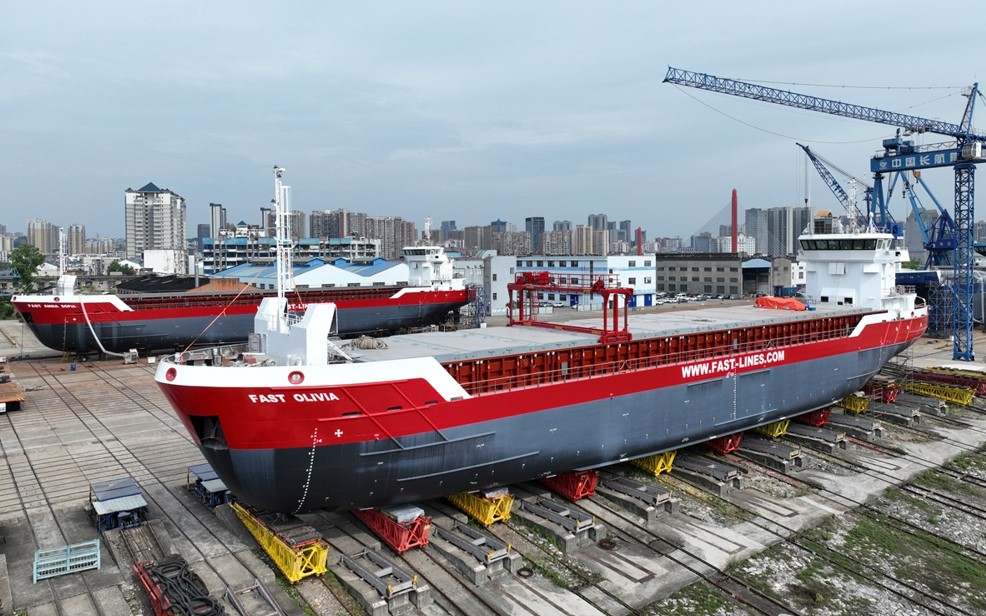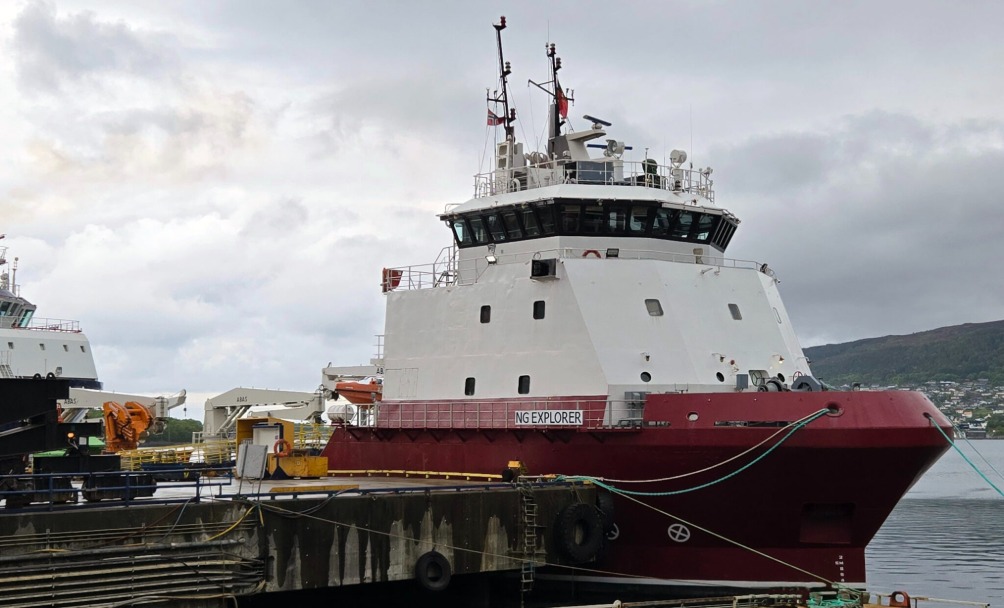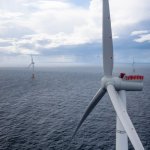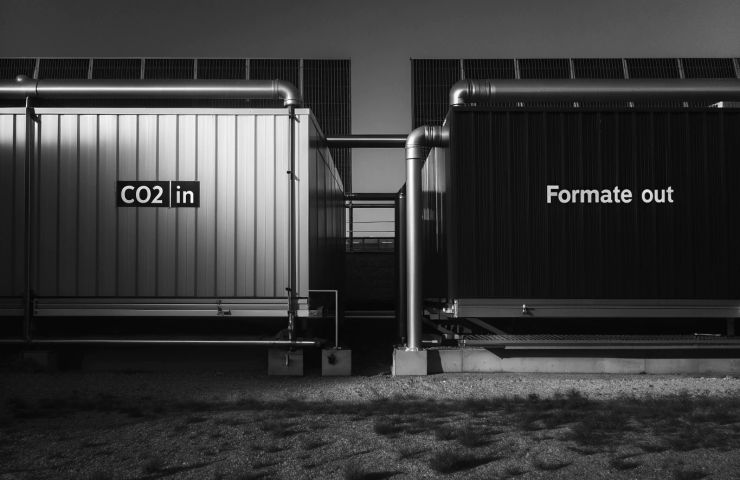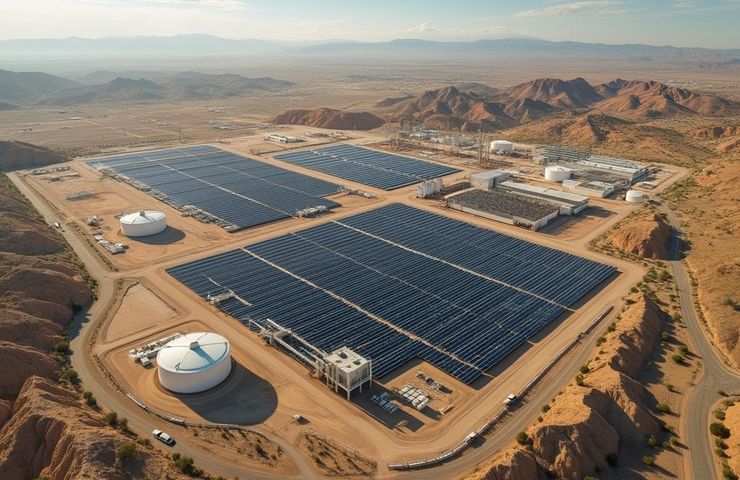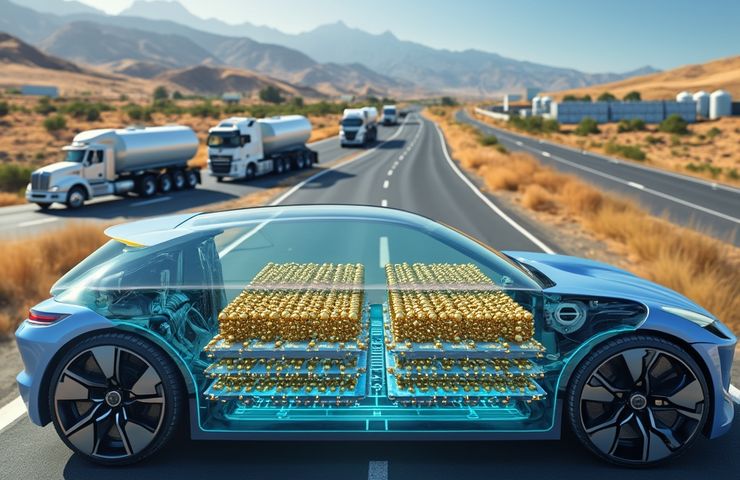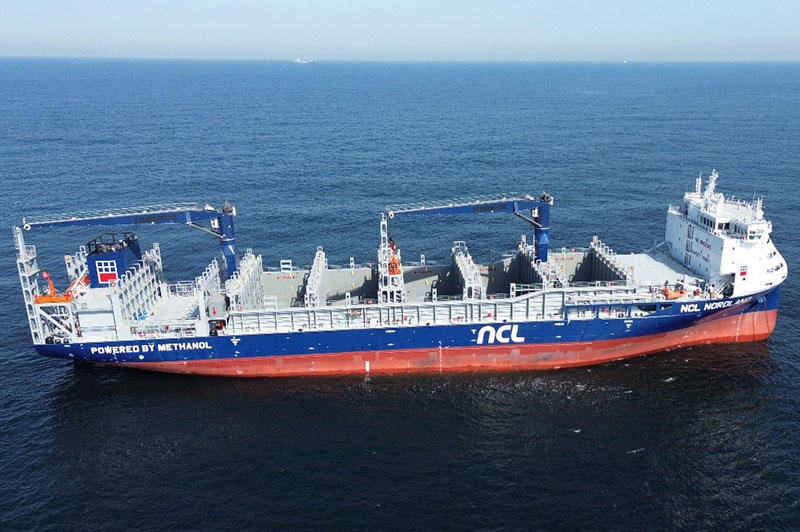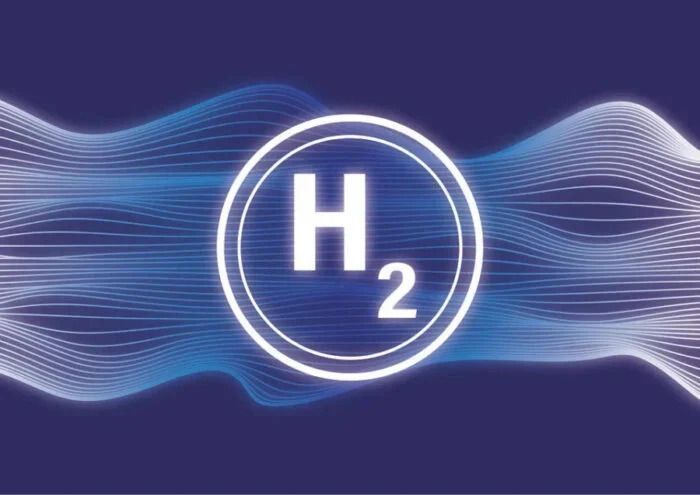Revolutionising Offshore Wind Economics with At Source, Direct- from-Seawater Hydrogen Production
Revolutionising Offshore Wind Economics with At Source, Direct- from-Seawater Hydrogen Production The demand for green hydrogen is growing, as more industries and businesses look for alternatives to today’s ‘dirty’ hydrogen […] The post Revolutionising Offshore Wind Economics with At Source, Direct- from-Seawater Hydrogen Production appeared first on Hydrogen Central.

Revolutionising Offshore Wind Economics with At Source, Direct- from-Seawater Hydrogen Production
The demand for green hydrogen is growing, as more industries and businesses look for alternatives to today’s ‘dirty’ hydrogen produced onshore by fossil fuel-generated power. Frazer Ely, CEO and Founder of Latent Drive, explains an innovative new technology that enables offshore power generators to produce cheap green hydrogen at source and at scale –dramatically increasing the value of their offshore projects.
Offshore power and the green hydrogen revolution
In 2023, 97Mt of hydrogen (worth $100bn) was used globally, mostly in fertiliser production and chemical processes. Almost all of that demand (99%) was met by ‘dirty’ hydrogen, derived directly from fossil fuels and feedstocks, or via electrolysis using non-renewable electricity. Dirty hydrogen production emits over 1Gt of CO2 emissions every year.
It’s why, as the world continues its move to more sustainable and decarbonised operations, the demand for ‘green’ hydrogen – produced using renewable energy sources – is growing.
As well as replacing dirty hydrogen in chemical production lines, green hydrogen is also increasingly being chosen as a direct replacement for dirty energy. For example, green hydrogen can be used to decarbonise steel production, and as fuel for maritime vessels and airplanes.
So why is only 1% of the hydrogen we produce ‘green’? Quite simply, the cost. Green hydrogen is prohibitively expensive and remains out of reach for most organisations, costing roughly $5-6/kg, nearly three times the cost of hydrogen produced by dirty production plants.
Green hydrogen: conventional plants are expensive to run
There are a few reasons why current green hydrogen production is expensive. In the conventional electrolysis method, usually based in onshore locations, electrolysers extract the gas using components made from rare platinum group minerals, which are expensive to obtain, unsustainable and the subject of increasing ethical concerns.
Nearly 70% of the cost of green hydrogen is the energy used in its production. Green hydrogen plants are, by definition, powered from renewable sources, and this means availability of power depends on the weather. Conventional electrodes can degrade quickly when subjected to fluctuating renewable power loads, so electrodes powered by green energy require more frequent maintenance and faster replacement cycles.
Electrolysis also requires a substantial amount of fresh water. To avoid creating water stress, hydrogen plants are usually located near to the coast, using desalinated seawater. But this requires additional energy – and the specialist machinery is large, expensive to build and costly to maintain. These locational requirements can also restrict the choice of renewable energy source.
When considered all together, conventional green hydrogen generation is a highly capital-intensive operation, typically based at onshore sites using complex plant that is challenging to maintain, and expensive to power.
A massive step up: moving hydrogen production offshore
The demand for green hydrogen is projected to reach 48Mt by 2030, as more businesses and sectors look to decarbonise, but production needs to significantly increase if we want to achieve these estimates. It’s a massive opportunity for green hydrogen producers who can overcome the current cost challenges.
It is possible to make small efficiencies in the electrolysis process, but with so much of the cost of green hydrogen coming from the use of expensive renewable electricity, the most effective way to reduce costs is through the use of essentially ‘free’ energy.
The biggest example of this is offshore wind farms during periods of excess generation – which creates a huge business opportunity for offshore wind developers, while avoiding curtailment of production.
But until now, the opportunity has only really been theoretical, as moving a hydrogen production plant offshore is difficult. Current electrolysis techniques require consistent power, large quantities of fresh water and a large physical footprint, all of which are difficult and expensive to achieve offshore. Electrolysis equipment also decays faster and fails more often in an offshore environment – and is difficult to fix or replace when it does. The costs far outweigh the benefits.
New technology, new opportunities for renewable operators
Now hydrogen production is changing, with the launch of SeaStack, a first-of-its-kind technology that is transforming the value of offshore wind energy. It’s simplifying hydrogen generation to make offshore production viable – using generated power that would otherwise be lost to bring the cost of green hydrogen down from $5-6/kg to under $2/kg.
SeaStack is a seawater-to-hydrogen electrolyser, designed to produce hydrogen at offshore turbines, or in coastal locations or ports. It doesn’t require water desalination or purification, removing the need for large and costly plant, and uses saltwater straight from the sea instead.
A key part of SeaStack is a new-technology alternative to electrodes – Catrodes – which increase the efficiency and lifetime of the electrolyser, especially in offshore sites. Unlike conventional electrodes, which contain expensive platinum group metals, Catrodes use only stainless steel, meaning they’re cheaper to manufacture, highly sustainable and recyclable and more ethical to source.
Catrodes are also significantly more efficient than conventional electrodes (by more than 86%) when subjected to fluctuating renewable energy loads.
SeaStack has a compact and modular design which results in a vastly reduced footprint – it can be directly attached to turbines, making it viable in space-restricted areas such as offshore platforms, coastal locations or ports.
Not just a pipedream: technology in action
Although a relatively new and innovative concept, there’s excitement about SeaStack and Catrodes for real world situations. Latent Drive has recently secured a £630k (US$840k) grant for a SeaStack trial at Portland Port (Dorset, UK) to produce green hydrogen directly from seawater to fuel a harbour support vessel.
The HydroPort project, in collaboration with Portland Port, Logan Energy, SALINE business consultancy, and the University of Exeter’s Centre for Future Clean Mobility, aims to demonstrate the potential of offshore hydrogen production, and to decarbonise port operations.
Other ports, harbours and marinas, as well as vessel builders and operators, are already looking at SeaStack, and plans are underway for rollout to coastal and marine energy projects, and offshore wind developers. Looking forward to gigawatt scale, Latent Drive is a member of the AquaVentus Association, planning the build of a 10GW offshore hydrogen project in the German North Sea.
Secondary benefit: better ROI for your offshore projects
As well as technical and cost advantages in hydrogen production, SeaStack also creates significant indirect benefits for renewable energy businesses planning to build new offshore sites. The roll out of renewable energy generation is notoriously costly, difficult and slow, but SeaStack is a project enabler through:
Lowering the cost of energy transmission: As wind farms are built further offshore to harness higher velocities, the cost of installing and operating subsea cables increases significantly. At this distance and scale existing oil and gas pipelines can be repurposed for hydrogen, or new pipelines could be built for one tenth of the cost of electrical transmission.
Reducing grid connection challenges: Connecting new projects to the grid is expensive and has a long lead time, and it is notoriously difficult to get consent for new onshore cable corridors. Landing molecules, instead of electrons, can avoid the need for grid upgrades at all, saving billions from associated delays.
Increasing power usage rates: Low energy demand during periods of high generation is expensive and inefficient for offshore generators. Having a business plan for converting this energy to hydrogen and storing it, rather than curtailing production, increases the ROI of the whole project.
Creating new offshore opportunities with SeaStack
Demand for green hydrogen will grow rapidly over the next decade as more businesses look to decarbonise their operations and improve sustainability. Offshore renewable power generators are in a unique position to produce the hydrogen needed to meet this demand, at scale, and at a viable cost. SeaStack is a first-of-its-kind technology, and it’s already demonstrating how it can transform the value of offshore wind projects.
READ the latest news shaping the hydrogen market at Hydrogen Central
Revolutionising Offshore Wind Economics with At Source, Direct- from-Seawater Hydrogen Production
The post Revolutionising Offshore Wind Economics with At Source, Direct- from-Seawater Hydrogen Production appeared first on Hydrogen Central.
What's Your Reaction?

















